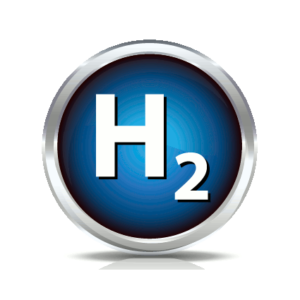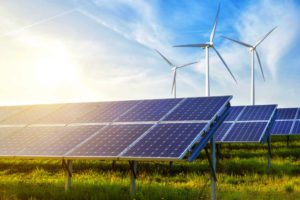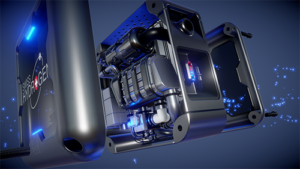Why hydrogen and fuel cells?
International energy forecasts promise a bright future for hydrogen as an energy carrier. When produced sustainably, hydrogen offers a variety of advantages:
- Ecology: low emissions, low noise;
- Energy: it is not a fossil fuel;
- Innovation high-tech development;
- Economy: new industry;
- Autonomy: less dependent on oil cartel countries
Fuel Cell and Hydrogen (FCH) technologies hold great promise for transport applications from the perspective of meeting Europe’s environmental challenges. The European Union is committed to transforming its transport as part of a future low carbon economy. It is recognised that FCH technologies have an important role in this transformation and they are part of the Strategic Energy Technologies Plan (SET) Plan adopted by the European Council. This is in line with the European Commission’s (EC) Communication ‘Energy for a Changing World – An Energy Policy for Europe’, the goals of the Lisbon Strategy and the European Strategic Transport Technology Plan. Fuel cells, as an efficient conversion technology, and hydrogen, as a clean energy carrier, have a great potential to contribute to addressing energy challenges facing Europe. They will allow renewable energy technology to be applied to transport.

Hydrogen: powerful and lightweight
Hydrogen:
- is the lightest element in the periodic table – fourteen times lighter than air; 1 Nm3 (normal cubic meter) of hydrogen gas weighs 90 grams;
- is colourless, odourless, and non-toxic;
- is not an energy source, but an energy carrier;
- can be produced of a wide variety of resources;
- has an enormous capacity for energy storage, even in small quantities;
- can be stored

Hydrogen: a sustainable energy carrier
The sustainability of hydrogen depends on the manner in which it is produced. At present, the industrial world uses 500 billion cubic metres (m3) each year as a raw material for production purposes. However, the majority of this hydrogen is produced by reforming natural gas. Sustainably produced hydrogen is created by the process of electrolysis using wind or solar energy.
What is a fuel cell?
A fuel cell is a device that converts chemical potential energy (energy stored in molecular bonds) into electrical energy.
A PEM (Proton Exchange Membrane) cell uses hydrogen gas (H2) and oxygen gas (O2) as fuel. The products of the reaction in the cell are water, electricity, and heat. This is a big improvement over internal combustion engines, coal burning power plants, and nuclear power plants, all of which produce harmful by-products.
Since O2 is readily available in the atmosphere, we only need to supply the fuel cell with H2which can come from an electrolysis process (see Alkaline electrolysis or PEM electrolysis).
Hydrogen + Oxygen = Electricity + Water Vapor



Why refuse trucks?
Heavy duty vehicles (such as buses and trucks) account for roughly 20% of Europe’s road transport CO2 emissions. The challenges which will be faced in decarbonising heavy duty vehicles are becoming increasingly apparent. There are very few technical solutions to removing either the carbon dioxide or air pollutant emissions from heavy duty vehicles.
Several commentators have noted that hydrogen and fuel cell platforms are one of the very few options that can plausibly offer a zero (or even ultra-low) emission heavy duty vehicle. Refuse trucks are a particularly attractive application for early heavy duty hydrogen fuel cell platforms for many reasons, such as:
- Captive fleets: refuse vehicles are likely to operate within a confined area. At this early stage of hydrogen roll-out, such operation is useful because they can provide a steady fuel demand at stations.
- Large hydrogen consumption: because of the heavier duty cycles these vehicles operate and the substantial energy used by the compaction equipment, they are expected to result in larger hydrogen demand at the pump.
- Urban air quality: a key advantage of fuel cell refuse vehicles over diesel equivalents is that fuel cell options result in zero tailpipe emissions. Air quality is currently an issue of key political, and public health importance in Europe, and so the necessity for zero-emission options for urban vehicles is expected to increase significantly over the coming years.
- Vehicles are operated by municipalities: The vehicles also tend to be operated either by municipal authorities, or large subcontractors, who are sensitive to environmental issues and hence prepared to assign a considerable economic value to the zero emissions which are available from a hydrogen refuse vehicle.
- Vehicles are highly visible: almost all households in European cities are served by refuse collection vehicles, which are highly polluting and noisy. A demonstration of fuel cell refuse trucks will allow residents to see first-hand the benefits of fuel cell technologies, which in turn will increase their awareness and acceptance of hydrogen mobility.